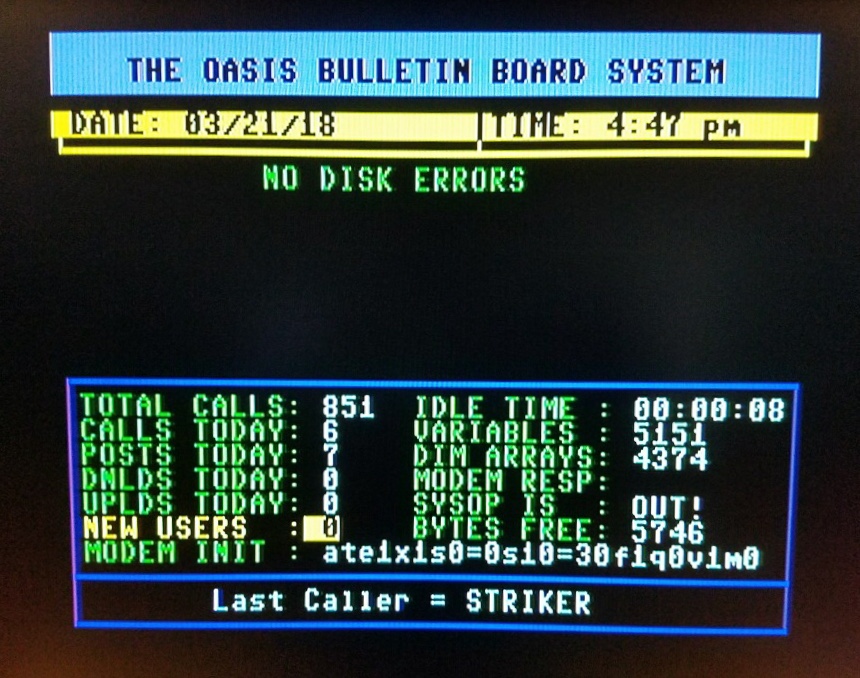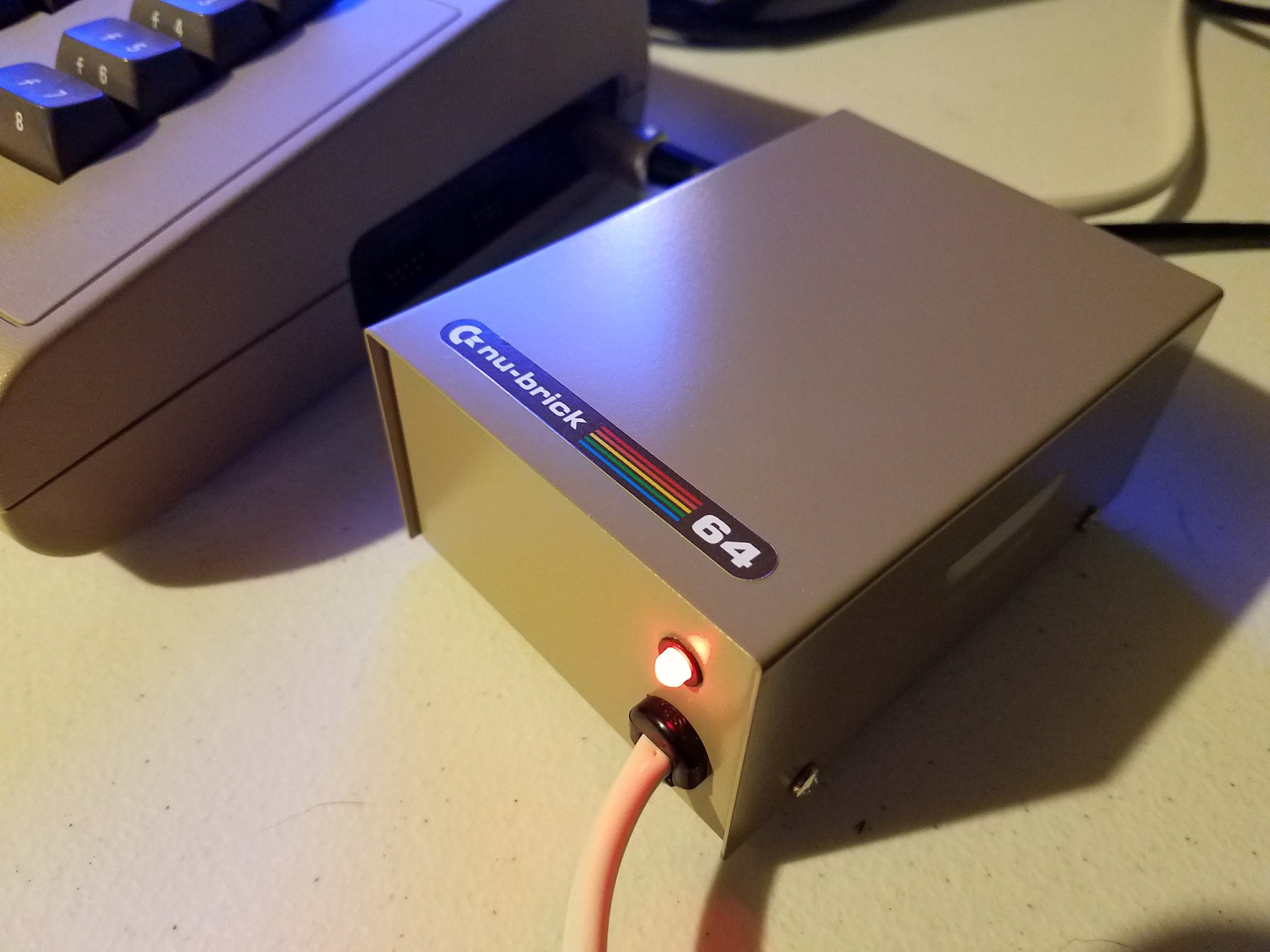Tim continues his Denise Mini-ITX Amiga board build in part three of his detailed series, zeroing in on a stubborn interrupt fault. What began with flaky CAS signals and a blown RAM chip quickly escalates into deeper hardware debugging. The culprit? An interrupt issue traced through Paula and the CIAs, all pointing to one misbehaving resistor network.
Fix First, Desolder Later
Before committing to desoldering a logic chip from the four-layer PCB, Tim inspects a trio of surface-mount resistors on the underside. Two show signs of poor connectivity. He swaps them out with fresh ones, avoiding further complications—at least for now.
Boot tests show promise. The updated ROM starts responding, and the Denise Amiga interrupt fix seems to move things forward. But stability isn’t fully there, and the diagnostic ROM flags a failure in CIA interrupt handling.
Frustrations With the Case
Hoping to clean up the build, Tim attempts to mount the board in a plastic case sourced online. That decision backfires immediately. The case arrives cracked in multiple spots and doesn’t fit well. Although he manages a temporary install, a proper aluminum enclosure is already on order.
Hand-Built Resistor Network
Tracing the issue further, Tim discovers a wrongly populated 10K resistor array in place of the required 4.7K bussed network. He doesn’t have a spare on hand, so he hand-builds a resistor bus using individual components. It’s old-school but effective.
With the makeshift fix installed, the Denise Amiga interrupt fix holds. The diagnostic software now passes every test, and Kickstart boots cleanly—with one caveat. The red screen appears due to the lack of a floppy drive.
Floppy Hookup and Final Test
Tim installs an internal floppy drive using adapters that convert SATA power to Molex Mini, bridging the gap between modern power supplies and legacy hardware. Once powered, the system boots to Workbench and loads Lemmings without issue. The Denise Mini-ITX Amiga is now nearly complete.







